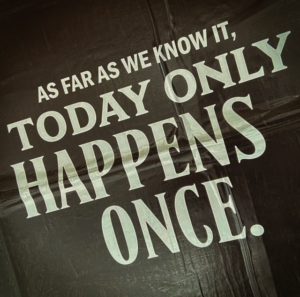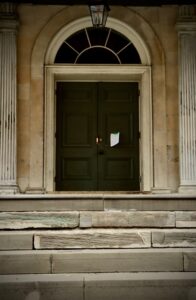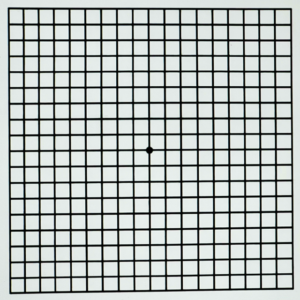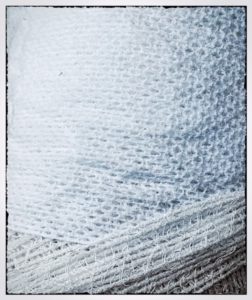 Really, what is the future?
Really, what is the future?
Tomorrow seems close enough, while next month or next year is days and
months away. Years surpass my time on this planet, as if that makes a
difference.
I am such a small speck in the big picture.
I am what I believe myself to be.
I am not insignificant.
I am my own future, or; I am for a time.
It is what I do today that will determine the future for many days to
come…or hours,
‘As far as we know it, today only happens once’: words on a sign I recently read. These words are as inspiring today as they were at the time, as meaningful today as they were last week, and as purposeful as they may well be in the unknown future.
I did not realize that the future was as close as it was, but it is.
It is now…ooops; it has already passed. That is what time does, whether in the present — in the now — or it was yesterday or last week. Time passes.
Now was, at one time, the future.
And, then there is today.
It only happens once.
© 2021 j.g. lewis



